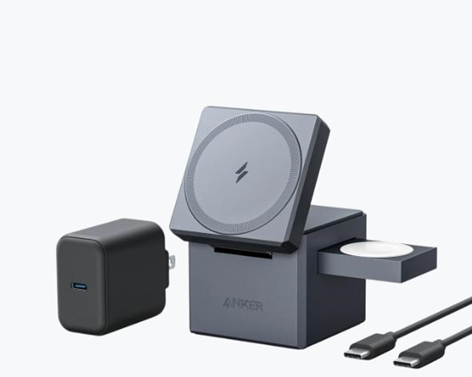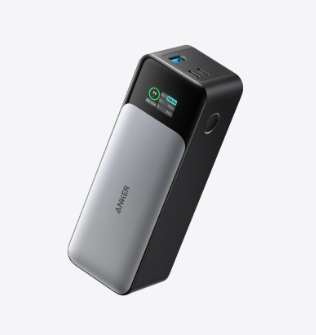Wireless network protocol
WLAN family member
802.11a
High-speed WLAN protocol, using 5G Hz band. The maximum rate is 54Mbps, and the actual use rate is approximately 22-26 Mbps. It is not compatible with 802.11b, which is its largest shortcomings.
Application: 802.11a The protocol is fast, but also because of the 5GHz operating frequency, it is also applied to the wireless LAN. But because the price is more expensive, Compatible, so the market is not popular.
802.11b
The most popular WLAN protocol uses 2.4G Hz band. The highest rate is 11Mbps, the actual use rate is variable depending on the distance and signal strength (11 Mbps in 50 meters in 150 meters). The lower rate of 802.11b enables the use cost of the wireless data network to be accepted by the public. In addition, through a unified certification authority to authenticate all manufacturers' products, the compatibility between 802.11b devices has been guaranteed. Compatibility promotes competition and user acceptance.
Application: 802.11b Agreement is widely used in the field of wireless local area network protocols, using the largest wireless local area network protocol with low price, high openness. Supports two working modes of Ad Hoc (Point-to-Points) and Infrastructure (Basic Structure), the former can implement wireless connections between wireless NICs, the latter can use wireless AP to allow all wireless network cards to wireless.
802.11e
Based on WLAN-based QoS protocol, VOIP can be performed by this protocol 802.11a, b, g. That is, 802.11e is a protocol that implements voice call functions through the wireless data network. The agreement will be a powerful weapon for the wireless data network to compete with traditional mobile communication networks.
802.11g
802.11g is an extension on the same frequency band 802.11b. Supports the highest rate of 54Mbps. Compatible with 802.11b. This standard has arisen 802.11a to become the standard of the next wireless data network.
Application: With people's requirements for wireless local area network data transmission, 802.11g protocols have slowly popularize the wireless local area network, and the products of the 802.11b protocol occupy most of the wireless LAN market. And Partially enhanced 802.11g products have entered the wireless 100 megadownload.
802.11h
802.11H is the extension of 802.11a, the purpose is compatible Other 5G Hertz bands, such as Hyperlan2 used in the EU.
802.11i
802.11i is a new wireless data network security protocol, a popular WEP protocol, will become a wireless data network Security risks. 802.11i proposed a new TKIP protocol to resolve this security issue.
WEP protocol
WEP protocol Wired Equivalent Protocol (Wired Equivalent Protocol) is to ensure the security protocols launched by the security of 802.11b protocol data transmission, the protocol can pass Encrypt the transmitted data, which ensures the security of data transmission in the wireless local area. The general wireless network product supports 64/128 or even 256 WEP encryption in the market, and the future will slowly popularize WEP's improved version --WEP2
Application: In the wireless LAN, use a WEP protocol, if you use the wireless AP to first enable the WEP function, and write down the key, then enable WEP in each wireless client, and enter this Key so that you can guarantee secure connections. The methods enabled in the wireless client are as follows: For example, in Windows XP, first click on the taskbar wireless network connection icon, select "View available Wireless Connections", open window Click the "Advanced" button; then, select the Wireless Network Configuration tab in the Open Properties window, select the searchable wireless network connection in the Preferring Network, click the Properties button. Then, open Select "Data Encryption (WEP Enabled)" in the Properties window, remove "Automatically provide this key", and enter a key created in the wireless AP in the Network Key. Finally, click twice "OK" button can.
Latest: Longxin 1
Next: Computer cluster








